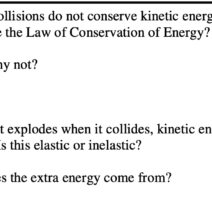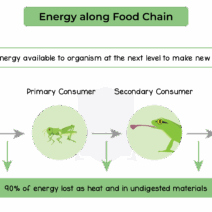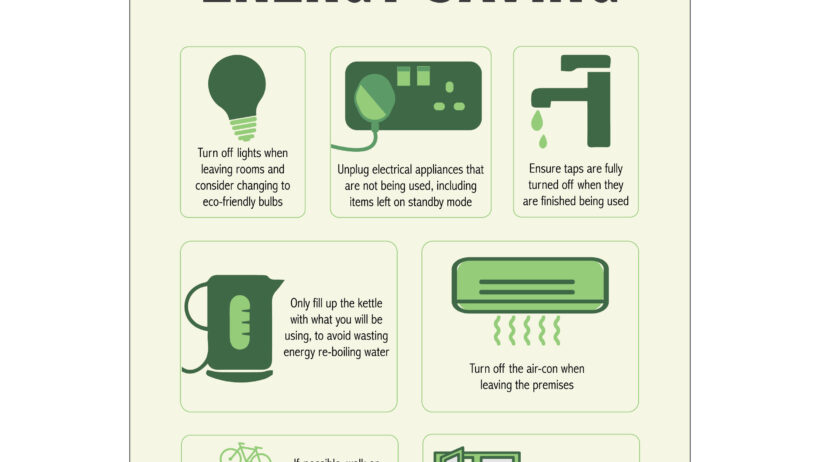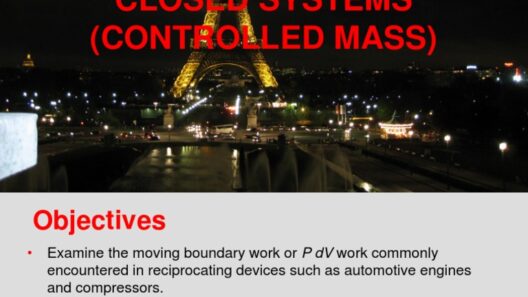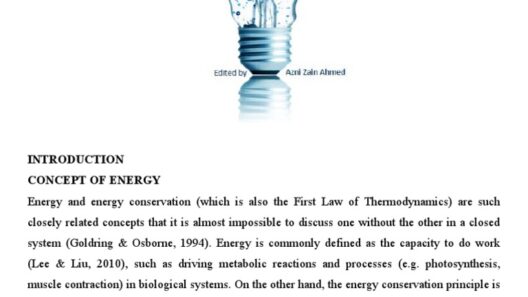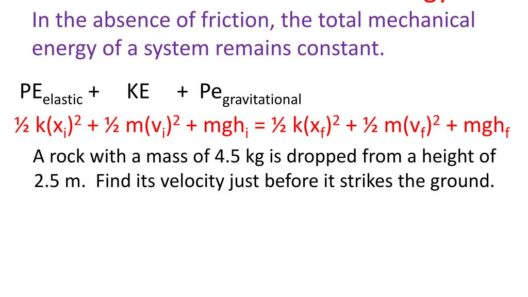In an age characterized by escalating energy consumption and its concomitant environmental ramifications, individuals and households must take proactive measures to curtail their energy usage. This beginner’s guide elucidates various strategies that anyone can adopt, irrespective of their lifestyle, to foster energy conservation.
The journey towards energy efficiency can commence with a basic understanding of energy consumption patterns. A comprehensive assessment of how and where energy is utilized in a household or workspace is essential. This initial evaluation lays the groundwork for identifying areas ripe for improvement. Subsequently, individuals can implement targeted strategies to diminish their energy footprint.
One of the most impactful places to begin is within the realm of lighting. Conventional incandescent bulbs have largely been supplanted by energy-efficient alternatives, such as LED and CFL bulbs. These options consume significantly less energy and boast longer lifespans. By replacing outdated bulbs with energy-efficient lighting, not only can one achieve substantial energy savings, but they also minimize the frequency of bulb replacements, thus reducing waste.
Another crucial aspect of energy conservation involves optimizing the performance of household appliances. Begin by scrutinizing the efficiency ratings of commonly used devices. Opt for Energy Star-rated appliances, which are designed to utilize energy more judiciously. It is also prudent to avoid phantom loads, which occur when appliances remain plugged in yet are not in use. Utilizing power strips with an on/off switch facilitates a quick disconnection of devices, effectively mitigating this hidden energy drain.
Heating and cooling systems constitute a significant portion of energy expenditure. Regular maintenance of heating, ventilation, and air conditioning (HVAC) systems is paramount. Simple tasks such as changing filters regularly can enhance system efficiency. Homeowners should consider programmable thermostats that enable automated temperature adjustments based on occupancy patterns. For those residing in milder climates, utilizing natural ventilation can significantly reduce reliance on mechanical heating and cooling, therefore decreasing overall energy demand.
Alongside these modifications, the insulation of a home plays a vital role in energy conservation. Inadequate insulation allows for excessive heat loss in winter and heat gain in summer, necessitating additional energy consumption to maintain comfortable indoor temperatures. Evaluating and upgrading insulation in the attic, walls, and floors can create more stable indoor environments while easing the strain on heating and cooling systems. Additionally, sealing cracks around windows and doors can mitigate drafts, enhancing overall energy efficiency.
The kitchen is another fertile ground for energy-saving practices. Cooking methods can significantly influence energy consumption. For instance, using microwave ovens, slow cookers, or pressure cookers can reduce energy use compared to conventional ovens or stovetops. When using the stovetop, covering pots and pans can expedite cooking times and reduce energy expenditure. Moreover, it is worth noting that batch cooking can not only save energy but also conserve time, making meals more efficient to prepare.
Water usage is another area where energy conservation can be emphasized. Heating water accounts for a considerable share of a household’s energy consumption. Employing low-flow fixtures in showers and faucets can significantly reduce hot water usage. Furthermore, consider investing in a tankless water heater, which heats water on demand rather than storing it, thereby conserving energy. Regularly insulating hot water pipes can also minimize heat loss, ensuring that less energy is needed to maintain water temperatures.
Outside the home, energy conservation becomes even more palpable. Considerations regarding transportation choices can lead to substantive energy savings as well. Opting for public transportation, carpooling, or cycling to work can substantially reduce individual energy consumption and lower greenhouse gas emissions. For those needing to drive, maintaining a vehicle in optimal condition and adhering to fuel-efficient driving practices can further enhance fuel economy.
Engaging in sustainable practices also fosters a collective culture of energy conservation. Initiating community events to promote energy-saving habits can amplify awareness and catalyze significant change. Workshops, cooperatives, and shared resources can empower individuals and families, inviting them to participate in a broader mission of reducing energy consumption.
The adoption of renewable energy sources is increasingly accessible and beneficial. Solar panels, for example, have become more affordable, enabling households to harness sun energy for their electricity needs. When implemented effectively, these systems can lead to substantial long-term savings while also reducing reliance on fossil fuels. Many locales offer incentives for transitioning to renewable energy, making this a viable option for many households.
In sum, starting the journey toward energy conservation is achievable through a series of pragmatic steps. From assessing energy usage patterns to making mindful changes in daily habits, every individual can contribute to a more sustainable future. Embrace energy efficiency by transforming lighting, optimizing appliances, fine-tuning heating and cooling systems, enhancing insulation, refining cooking methods, conserving water, revolutionizing transportation habits, fostering community engagement, and exploring renewable energy options. By adopting these strategies, one will not only enjoy the rewards of reduced energy bills but also play a pivotal role in safeguarding the planet for generations to come.
